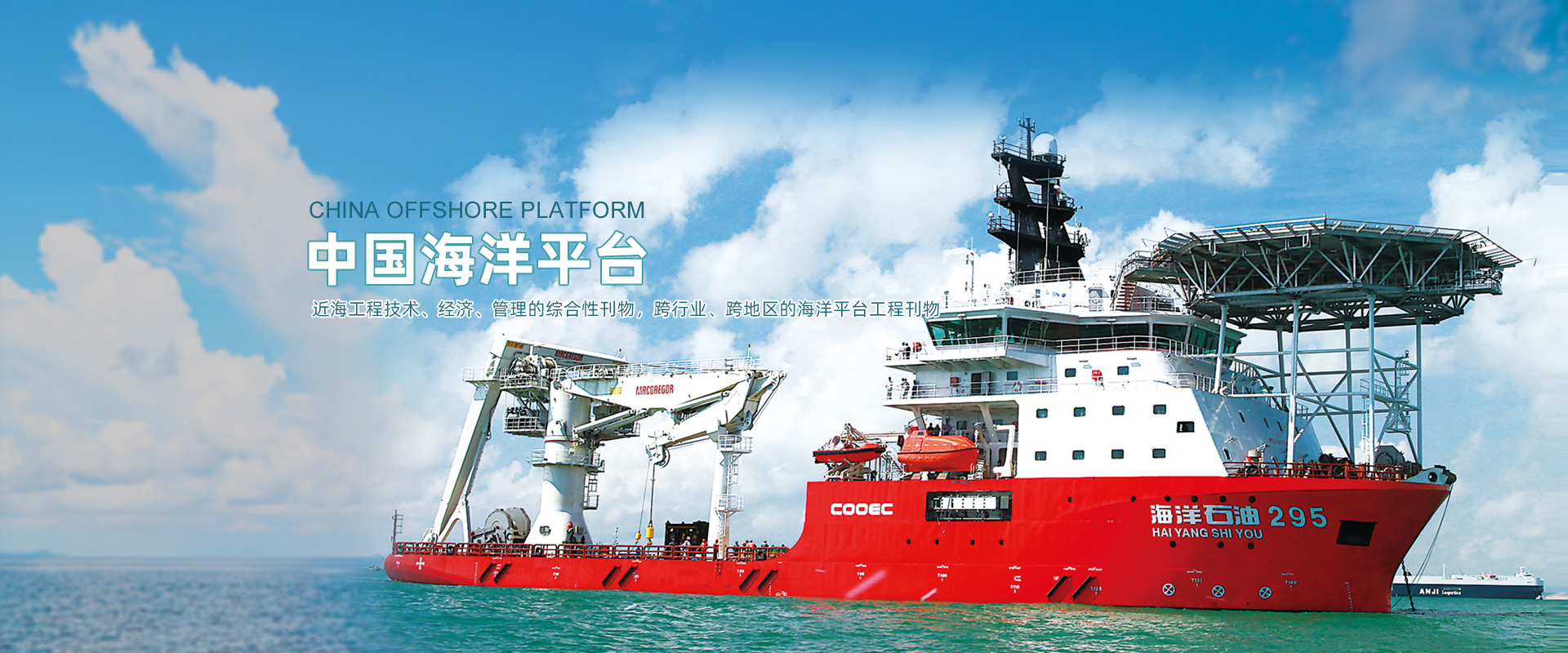Abstract:In order to solve the problem of excessive deformation of flange screw holes during the hoisting process of tower in wind power engineering, the finite element numerical method is used to study the influence of the lifting point position on the deformation characteristics of the tower, flange plate, and lifting point screw hole during the horizontal lifting of the tower. The research results show that: in the gravity direction, there is slight compression deformation of the tower section and flange plate near the main crane, however, the tower section and flange plate of the auxiliary lifting attachment are of tensile deformation; the screw hole deformation at the auxiliary lifting point of the flange is the most serious, with a deformation ratio of 1.575%; when the angle between the auxiliary lifting points is 120°, the deformation ratio of the tower, flange plate, and lifting point screw hole is the smallest. The research results can provide basis for selecting reasonable flange fixture lifting point positions in the hoisting construction of tower in wind power engineering.
